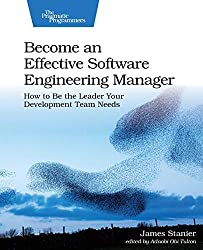Rating: 8.4/10. Book for new and aspiring software engineering managers about how to do the job effectively. Unlike an individual contributor, your output as a manager is basically the output of your team (plus others that you influence), so the job is less about your individual output, and mostly about getting others to achieve their…
Category: Type
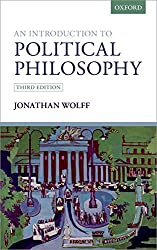
An Introduction to Political Philosophy by Jonathan Wolff
Rating: 8.1/10. Political philosophy asks questions about the purpose of government and how power should be distributed in a society. To better understand the role of a state, the first chapter considers what would happen in a “state of nature” where there is no government. Hobbes thought without laws, everyone would be at war constantly….
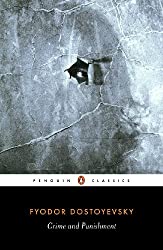
Crime and Punishment by Fyodor Dostoyevsky
Rating: 8.5/10. A classic Russian psychological thriller novel, with length about 650 pages and originally published as a 6-part series. The story takes place in 19th century St. Petersburg. Raskolnikov is a poor student, who at the beginning of the novel, murders an old pawnbroker woman with an axe (and her sister too). By sheer…
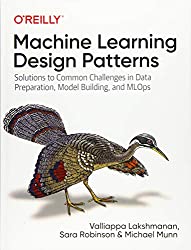
Machine Learning Design Patterns by Lakshmanan, Robinson, and Munn
Rating: 7.9/10. Book about design patterns specific to machine learning training and productionization. Design patterns are useful since they’re tried-and-tested solutions to reoccurring problems. Even though I’ve used ML in my work for several years, some of these patterns are still new to me. The book is aimed at ML practitioners in the industry and…
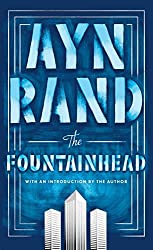
The Fountainhead by Ayn Rand
Rating: 6.9/10. Novel by libertarian author Ayn Rand, set in New York in the 1920s featuring two young rival architects. The story begins with Howard Roark expelled from his architecture school for his unwillingness to conform to the standards of the establishment; he has a distinct modernist style and refuses to compromise to please others….
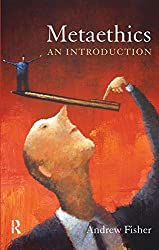
Metaethics: An Introduction by Andrew Fisher
Rating: 7.6/10. Summary Metaethics is a second-order philosophy: whereas normative ethics is the study of principles of what’s right and what’s wrong, metaethics studies what we’re doing when we talk about ethics. Are moral facts real, expressing a belief, or expressing an emotion? How do we know if a moral fact is true? The book…
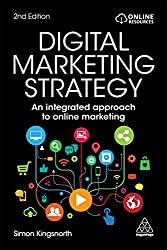
Digital Marketing Strategy by Simon Kingsnorth
Rating: 6.6/10. Book about various topics related to digital marketing, which is marketing any kind of business using digital resources, like ads, email, social media, etc. Topics include how to do SEO, content marketing, social media, personalization, customer retention, company branding, and an assortment of other things. This book is not very well-written, even though…
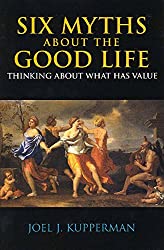
Six Myths About the Good Life by Joel J. Kupperman
Rating: 7.9/10. Summary Fairly short book by a philosophy professor asking “what makes a life good?” This is a fundamental question for ethics because any ethical theory must assume some kind of utility function (what is good for an individual) before it can consider what’s best for society as a whole. This book examines a…
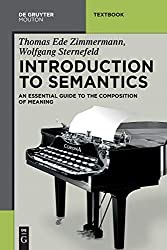
Introduction to Semantics by Zimmermann and Sternefeld
Rating: 8.5/10. This is an introductory textbook on compositional semantics, which uses higher order logic to represent meaning of words when combined together. This is different from lexical semantics, which is concerned with the meaning of individual words. Below are my notes. Ch1: Lexical Meaning Semantics deals with literal meaning, which excludes hidden / metaphorical…
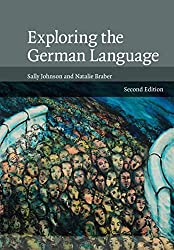
Exploring the German Language by Sally Johnson and Natalie Braber
Rating: 6.4/10. Not quite what I was expecting — I was looking for a linguistic overview of the German language, but this book is more like an intro linguistics textbook that uses examples from German. About 70% of the material is general linguistics knowledge (eg: explaining what’s a phoneme or morpheme or word class), only…
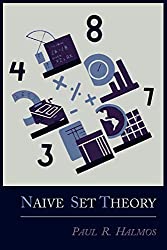
Naive Set Theory by Paul Halmos
Rating: 8.8/10. Brief book that introduces you to Zermelo-Fraenkel set theory. Anyone that has studied combinatorics / algebra / analysis is probably familiar with “naive set theory”, eg: union, intersection, complement, etc. But despite the book’s name, it introduces you to axiomatic set theory. The problem with naive (non-axiomatic) set theory is it allows you…
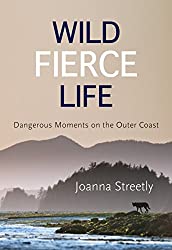
Wild Fierce Life by Joanna Streetly
Rating: 6.4/10. Collection of about 15 short stories by a woman who lived in Tofino and worked as a tour guide. The stories display life in the wilderness of Vancouver Island, the beauty as well as the dangers, such as a boat losing power during a storm, getting lost in the dark, encounters with wolves….
